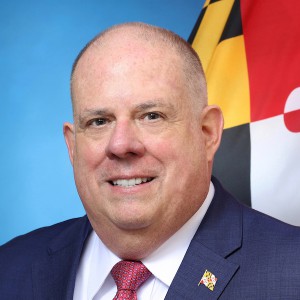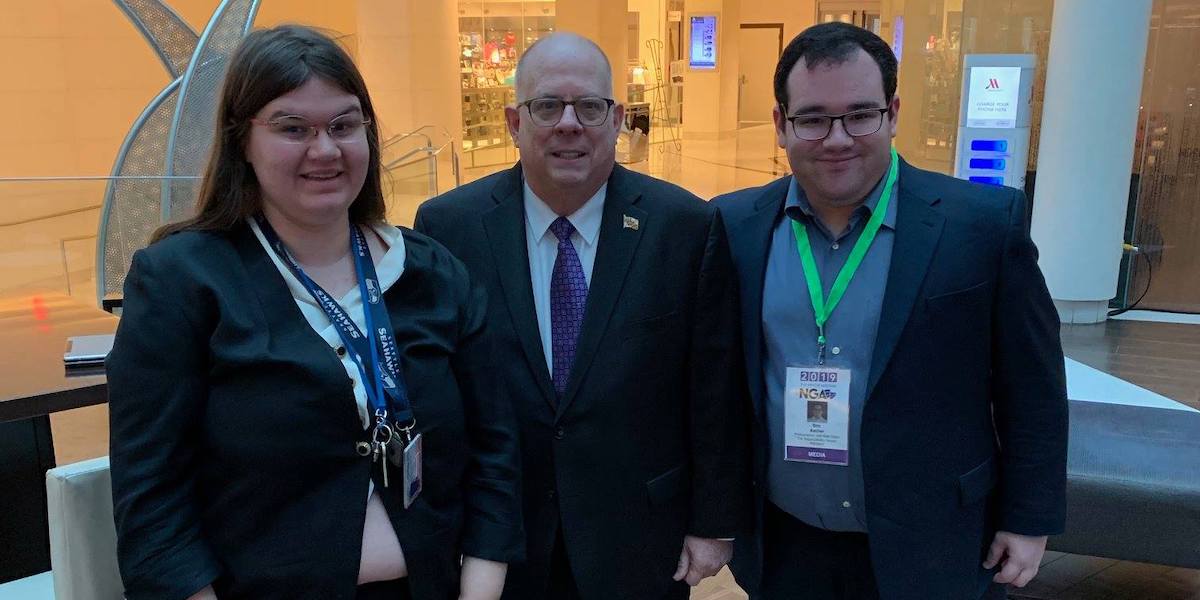
Rockville, Maryland, March 10 – More people with disabilities in Maryland continued to gain new jobs last year, continuing a trend from the year prior.
The newly published 2018 Annual Disability Statistics Compendium shows Maryland is currently 16th out of 50 states with 141,870 of the 335,461 working-age (18-64) people with disabilities being employed. This gives the state an employment rate of 42.3 percent for people with disabilities. Further analysis by the nonpartisan advocacy group RespectAbility shows that in 2017, the employment rate was at 41.1 percent. From 2017-2018 Maryland’s employment rates increased for people with disabilities as 4,353 Marylanders with disabilities found new employment opportunities.
In the weeks prior to his re-election, Gov. Hogan made new commitments on jobs for people with disabilities in a proclamation sent to RespectAbility in October in honor of Disability Employment Awareness Month. “Disability Employment Awareness Month is an opportunity to recognize the contributions of workers with disabilities,” said Hogan in the proclamation. “Through local and national campaigns we create greater awareness of the talents and skills individuals with disabilities bring to their employers.”
Gov. Hogan is committed to finding ways to open doors for people with disabilities. This past July, he announced he would open a new center at the University of Maryland that will be dedicated to employment possibilities for youth with disabilities. The Center for Transition and Career Innovation for Youth with Disabilities will be a division at the School of Education. The center will conduct research work on college and job preparation for high school students with disabilities. The University of Maryland, College Park will partner with the Disabilities Department, the Division of Rehabilitation Services and the Division of Special Education & Early Intervention Services for the center.
Meanwhile, youth with disabilities, along with adults with disabilities, can find services in the state’s active Division of Rehabilitation Services (DORS). DORS connects businesses with people with disabilities, who have the job skills, during the hiring process. In 2017, they matched 2,565 employees with disabilities to different jobs. They also offer people counseling, career assessments, technology and training. Likewise, DORS offers business owners and hiring managers awareness training, inclusion initiatives, and consultations.
According to Gov. Hogan, Maryland is “dedicated to the principles of the Americans with Disabilities Act, particularly as it relates to the rights and freedom for people with disabilities to work and advance their chosen careers and lead independent and full lives in their communities.”
“Our nation was founded on the principle that anyone who works hard should be able to get ahead in life,” said Hon. Steve Bartlett, current Chairman of Respectability, who co-authored the Americans with Disabilities Act when he was in Congress. “People with disabilities deserve the opportunity to earn an income and achieve independence, just like anyone else.”
A National Issue
Beyond Maryland, how is the workforce changing for people with disabilities? What is driving these changes? The answer is simple. According to Vincenzo Piscopo of the Coca-Cola Company: “People with disabilities bring a unique skill set that it is very valuable for companies.” He went on to add, “As it relates to employment and competitiveness in the workplace, we have to stop thinking of disability as a liability and start thinking of it as an asset.”
Brand-name companies such as JP Morgan Chase, Coca-Cola, Ernst & Young, IBM, Walgreen’s, Starbucks, CVS and Microsoft show people with disabilities are successful employees. These companies also know that these workers improve the bottom line. “People with disabilities bring unique characteristics and talents to the workplace,” said RespectAbility President Jennifer Laszlo Mizrahi. “Hiring people with disabilities is a win-win-win for employers, people with disabilities and consumers alike.”
As more companies hire employees with disabilities, conversations are shifting to focus on inclusion. “Disability inclusion is no longer about automatic doors, curb cuts, ramps, and legislation,” says Jim Sinocchi, Head of the Office of Disability Inclusion at JP Morgan Chase. “Today, the new era of disability inclusion is about “assimilation” – hiring professionals with disabilities into the robust culture of the firm.”
According to the Census Bureau, there are more than 56 million Americans living with a disability. Disabilities include visible conditions such as spinal cord injuries, visual impairments or hearing loss and invisible disabilities such as learning disabilities, mental health or Autism.
An Election Issue
Voter research conducted by RespectAbility shows how disability issues connect to all aspects of American life. “Fully three-quarters of likely voters either have a disability themselves or have a family member or a close friend with disabilities,” said former Representative and Dallas Mayor Steve Bartlett. “People with disabilities are politically active swing voters and candidates should take note of the important issues they care about.”
As 2019 moves into 2020 and the political campaign season heats up, continuing job growth for people with disabilities will be a crucial indicator of the health of the American economy.

Be First to Comment